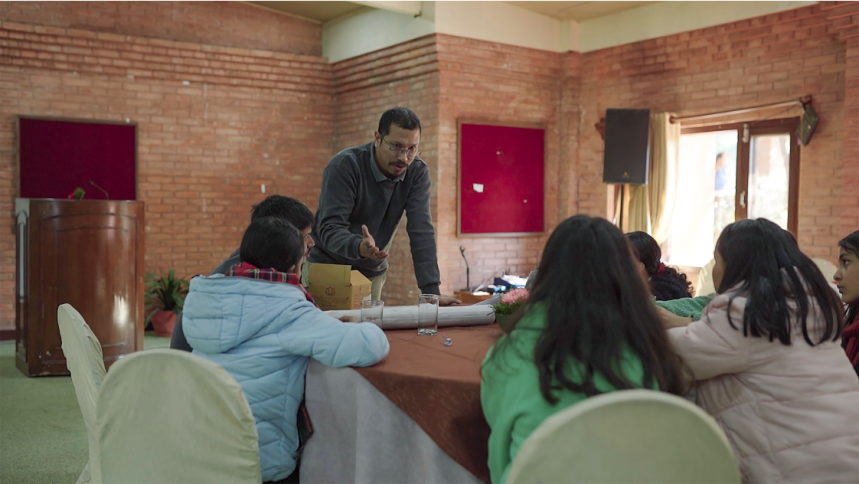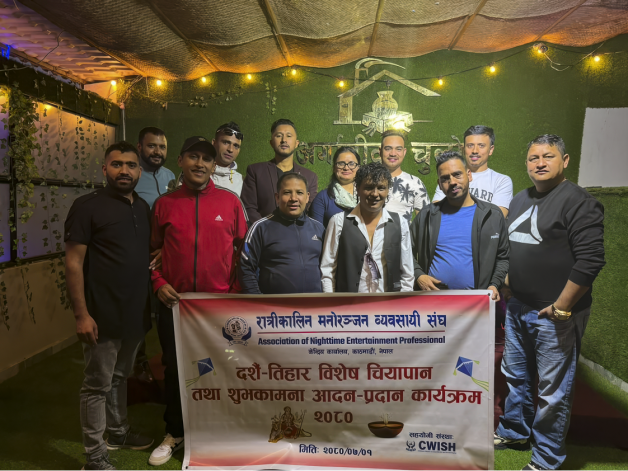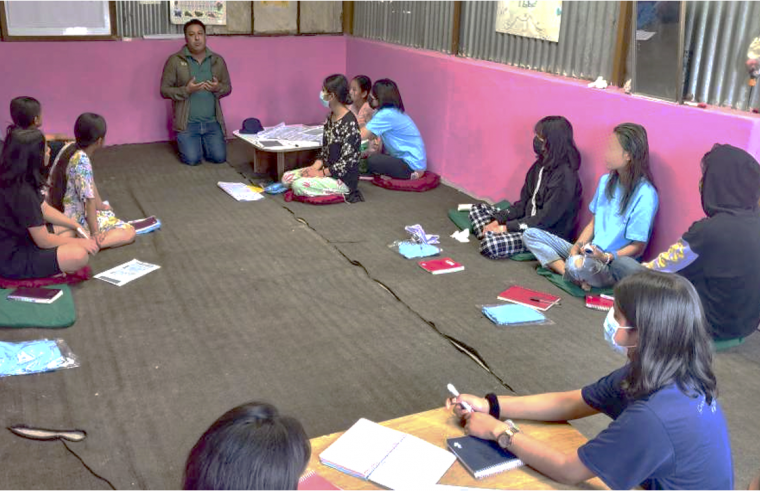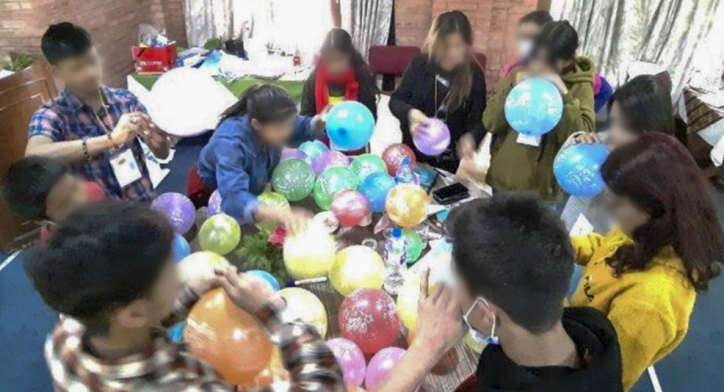You are here
Home » People-driven solutions » Working in a child- and people-centred way
Introduction
1. Video
2. Working in a child- and people-centred way
3. Working in a child-and people-centred way: Practical learning from CLARISSA
4. Skills, methods and tools for working in a child- and people-centred way
5. Tips on working in a child- and people-centred way
6. Team reflection






